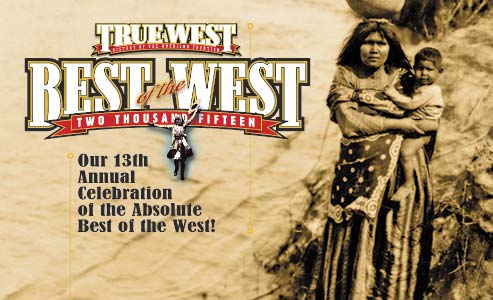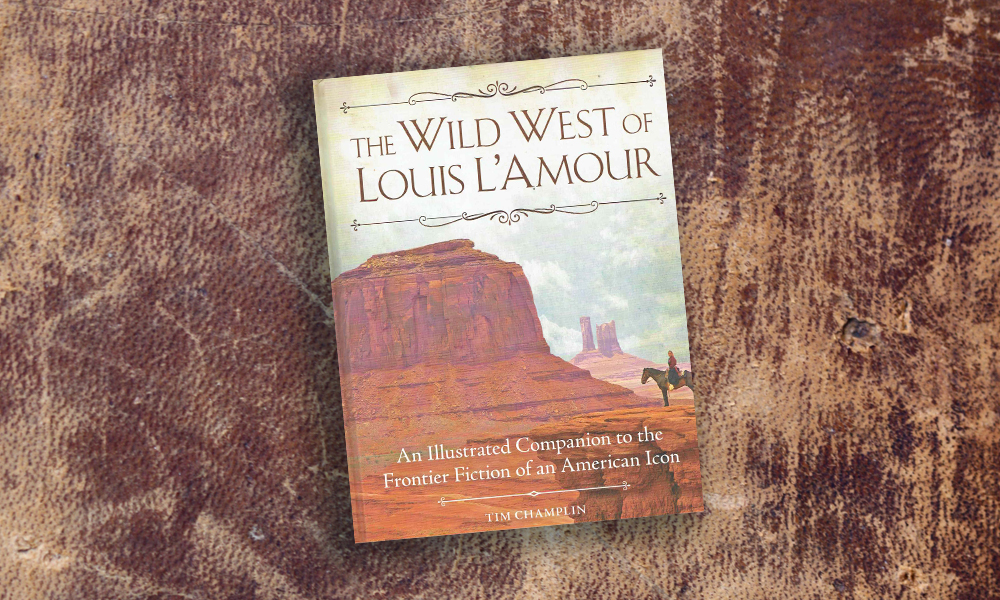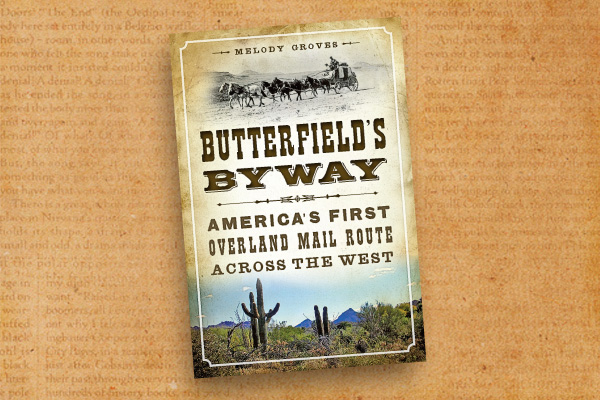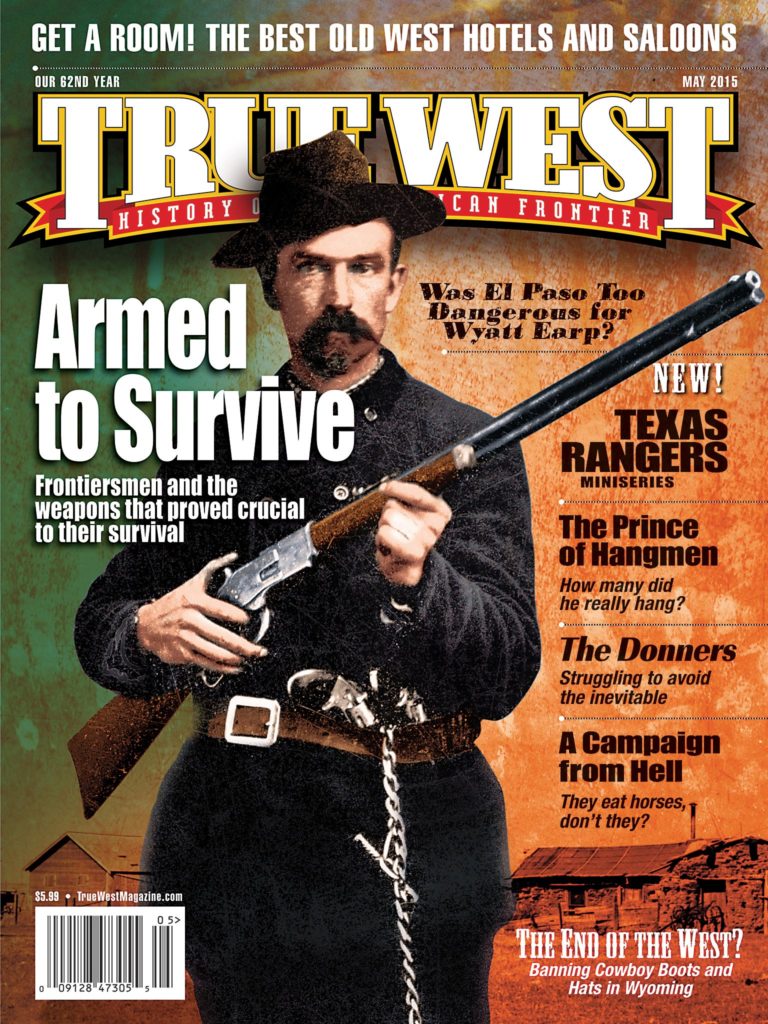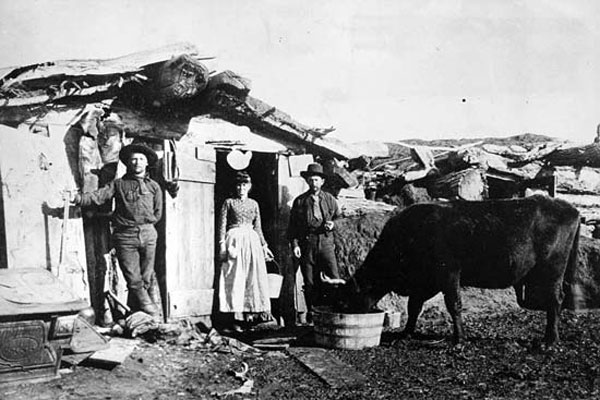 Just how good were the “good ol days?” Folks on the western frontier led a hardscrabble life. They were wan with fever, gaunt, scrawny and peaked. Their children were sickly and fretful. Vegetables didn’t play a big part in their diet. They dwelled in primitive surroundings with lice, fleas and bedbugs.
Just how good were the “good ol days?” Folks on the western frontier led a hardscrabble life. They were wan with fever, gaunt, scrawny and peaked. Their children were sickly and fretful. Vegetables didn’t play a big part in their diet. They dwelled in primitive surroundings with lice, fleas and bedbugs.
People settled close to streams and were besieged by flies and gnats by day and mosquitoes by night.
Folks didn’t know about such things as spreading germs back then. Families ate by common platter and drank from common tin cups. Indigestion and dysentery was a common occurrence.
Men bellied up to the bar wiped beer foam from their mustaches with a common towel.
Dental hygiene was non-existent. People brushed their teeth seldom if ever. At public eating places and stagecoach stations a community tooth brush, made from the bristle hair of some animal, would be shared by anybody who felt compelled to clean their teeth.
Rolls of toilet paper we’re familiar with today didn’t come along until about 1880. Before that it was grass, corn cobs another similar things.
Shampoo didn’t come into use until the 1920s and soap was very hard on a woman’s hair so they washed their tresses only about once a month.
All this begs the question whether the “good old days” were really that good?


